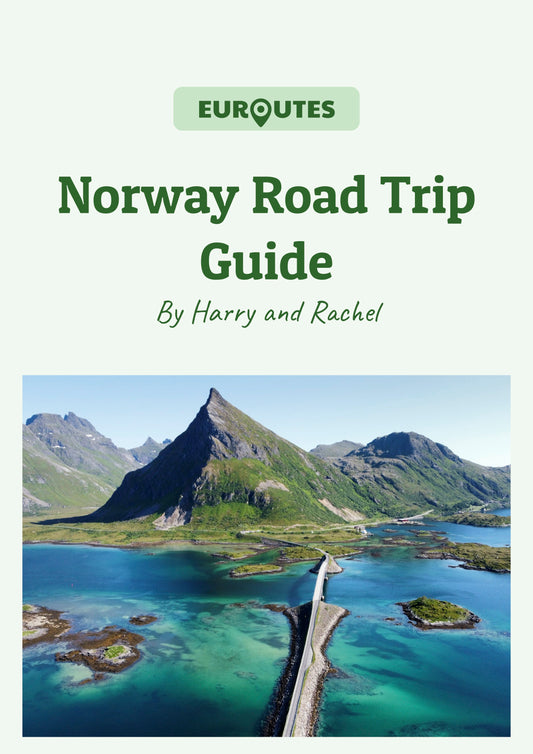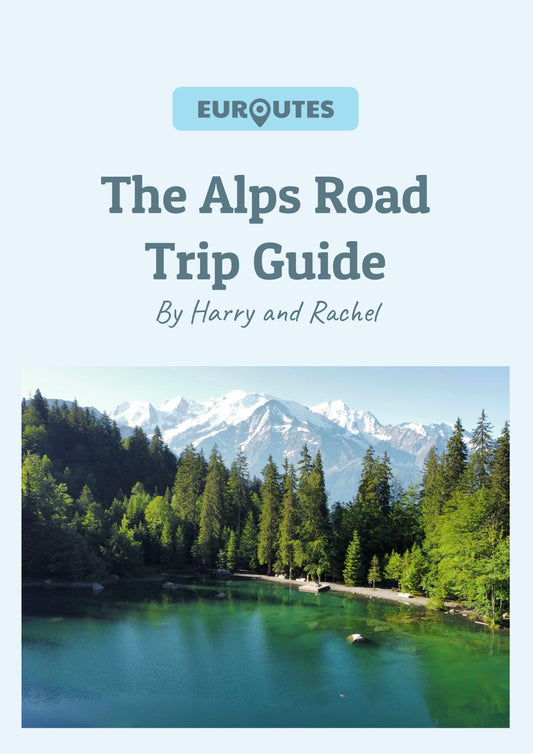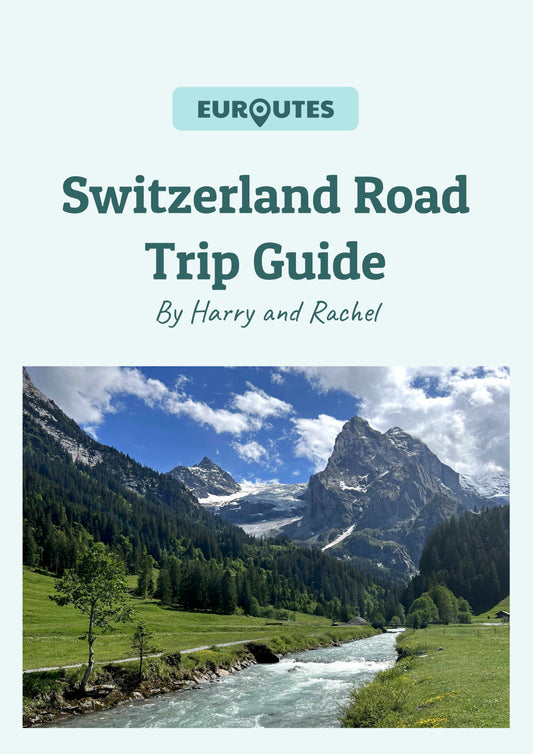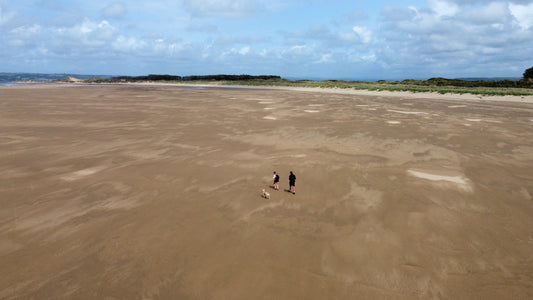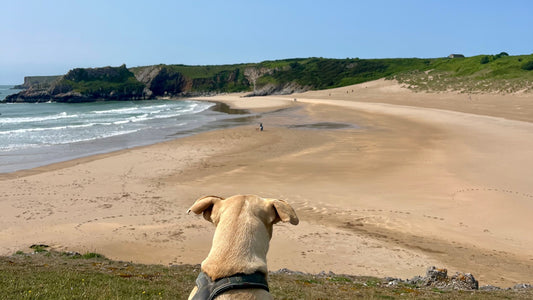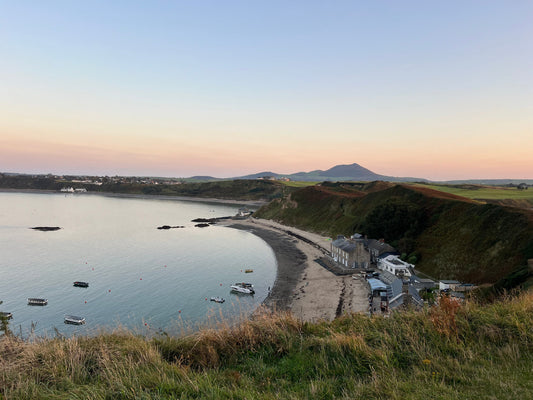
Andøya: Your Guide to Norway’s Hidden Island Gem
While the Lofoten Islands dramatic landscapes have captured the hearts and attention of travellers worldwide, the Vesterålen archipelago remains less-known but offers an equally breathtaking experience.
Andøya island, Norway, is part of this archipelago and serves as both a perfect alternative or an exceptional addition to visiting Lofoten on your Norway trip. With its pristine beaches, dramatic coastlines, and opportunities for wildlife encounters, Andøya is a true off-the-beaten-path destination.
Table of Contents
- Discovering the Vesterålen Archipelago: Beyond Lofoten's Spotlight
- Driving the Andøya Scenic Route: A Journey Through Coastal Wonders
Discovering the Vesterålen Archipelago: Beyond Lofoten's Spotlight
In our opinion, the Vesterålen archipelago remains one of Norway's best-kept secrets. These islands offer the same magnificent combination of towering mountains, sheltered bays, and charming fishing villages as the Lofoten islands, but with significantly fewer tourists.
Vesterålen's landscapes are made up of dramatic peaks rising from the sea, pristine beaches, and colorful fishing communities dotting the coastline. Yet here, you'll often find yourself alone with these stunning views.
Driving the Andøya Scenic Route: A Journey Through Coastal Wonders
The Andøya Scenic Route (Andøya National Tourist Route) offers one of Norway's most beautiful coastal drives. The 58-kilometer route stretches the western coast of the island, and provides continuous panoramic views of the Norwegian Sea and the diverse, untouched landscapes.

Must-See Natural Wonders of Andøya island, Norway
Bleik Beach: Arctic White Sands
Prepare to have your preconceptions of Arctic landscapes completely upended at Bleik Beach. This three-kilometer stretch of pristine white sand and crystal-clear turquoise waters almost looks tropical, were it not for the dramatic mountain backdrop and the freezing temperature of the Norwegian Sea.
Bleik Nature Reserve: A Birdwatcher's Paradise
Bleikmorenen Nature Reserve, situated right beside Bleik village and beach, is made up of small lakes and grassy fields. It's an easy and beautiful place to explore with a backdrop of mountains and turquoise coast.
Just offshore from Bleik Beach lies Bleiksøya, a striking 160-meter-high sea stack that hosts one of Norway's most important seabird colonies. This protected nature reserve is home to an estimated 80,000 puffins during the breeding season (roughly mid-April to August), making it a must-visit destination for wildlife enthusiasts.
Måtind Hike: Panoramic Coastal Views
For hiking enthusiasts, the trail to Måtind offers some of the most rewarding views on Andøya island. This approximately 3-hour round trip (6 km total) takes you to an elevation of 408 meters.
From the summit, the 360-degree views are simply spectacular. On clear days, you can see not only the entirety of Bleik Beach below but also the distant mountains of other Vesterålen islands and even glimpses of Lofoten on the horizon.
Hike this during summer and you will also be rewarded with incredible views of the midnight sun on the horizon.
Høyvika Beach: Another Coastal Gem
Less famous than its neighbour Bleik but equally beautiful, Høyvika Beach offers another opportunity to experience the unique Arctic beach landscape of Andøya. This smaller, more secluded beach requires a short hike to access, which naturally limits visitor numbers and preserves its pristine feel.

Unlock Your Epic Norway Adventure: Grab Our Detailed Route!?
Immerse yourself in the breathtaking natural landscapes of Western and Northern Norway with our comprehensive Road Trip Guide, packed with hundreds of activities, from stunning hikes to hidden beaches, wild swimming spots, and incredible campsites.
Price: £14.99
Shop nowEasy Access from Lofoten & Onward to Senja
Despite feeling remote and unspoiled, Andøya island is surprisingly accessible. From the northern end of the Lofoten archipelago, the drive to Andøya takes approximately 2.5-3 hours via the E10 highway and connecting routes. The journey itself is scenic, taking you through classic Norwegian landscapes of mountains, fjords, and coastal views.
Andøya also serves as an excellent gateway to Senja, often referred to as "Norway in miniature" for its diverse landscapes. From Andenes (the main town on Andøya), regular ferry connections operate to Gryllefjord on Senja during the summer months.
Experiencing the Magic of Natural Phenomena

The Northern Lights (Aurora Borealis)
Andøya's location within the Arctic Circle makes it an excellent destination for witnessing the Northern Lights. From late September through March, the skies above Andøya frequently come alive with shimmering curtains of green, purple, and occasionally red light.
The island's relatively flat terrain and minimal light pollution create ideal conditions for aurora viewing. The western coast, facing the open sea, offers particularly good vantage points with unobstructed horizons. For the best experience, check aurora forecasts and be prepared to stay up late (or wake up in the middle of the night) when activity is predicted.
The Midnight Sun
In dramatic contrast to winter's light shows, summer brings the equally magical phenomenon of the midnight sun. From approximately May 19 to July 25, the sun never sets below the horizon on Andøya, creating 24 hours of continuous daylight.
Hiking at "night," when the sun sits on the horizon, is a surreal experience where you lose track of time and enjoy extended days of adventures. The midnight sun creates perfect conditions for extended exploration, with no need to worry about darkness, but your body clock won’t thank you!
Whale Watching Adventures
Andøya island has become one of Europe's best whale-watching destinations. The town of Andenes offers several expert tour guided whale safaris. Throughout the year, different whale species can be spotted in these waters. Sperm whales are the star attraction, with males present year-round in the deep waters off Andøya. During winter months, orcas (killer whales) and humpback whales often join them, following the herring migration into the region.
